39km Reading to Didcot
The Chilterns
Ride Overview
It is not often that you see a golden elephant on a bike ride. But there it is in the heart of the Chilterns, sitting resplendent on top of a well. The elephant, along with the well, was a gift from the Maharajah of Benares in 1864. He was moved to help having heard about the plight of the villagers who suffered from thirst and other privations in the summer months. The sweet irony of the colonised offering aid to the coloniser. Along this glorious route, there are many other delights; a an exuberant baroque town hall in the midst of a quiet market town, pigs staring as you ride past them in the Chilters, red kites drifting in the air above you and then there is Oxford, which according to John Keats, is the ‘finest city in the world’. The ride finishes inside the oldest pub in Oxford, which has been serving beer and food to travellers since at least 1242.
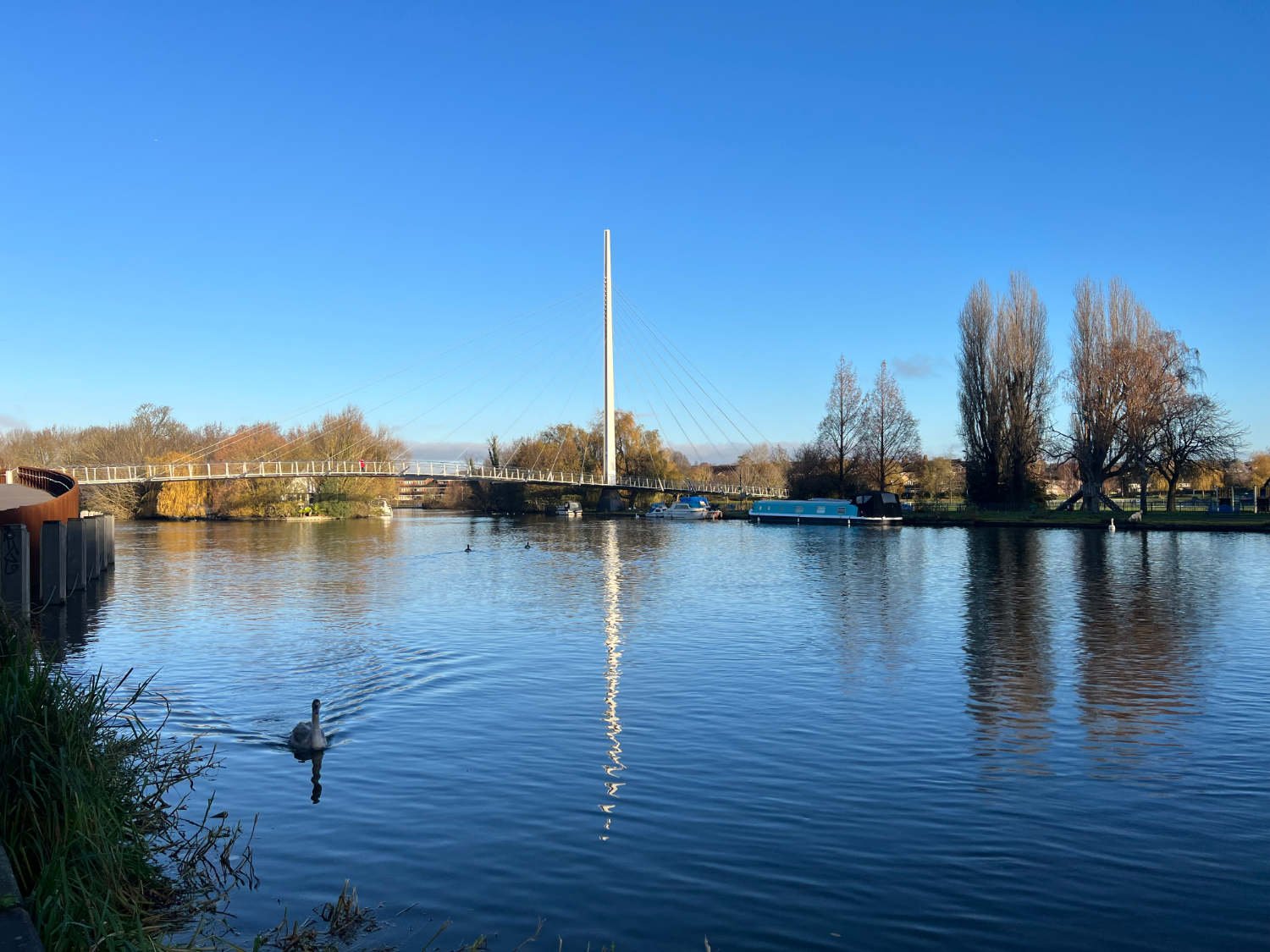
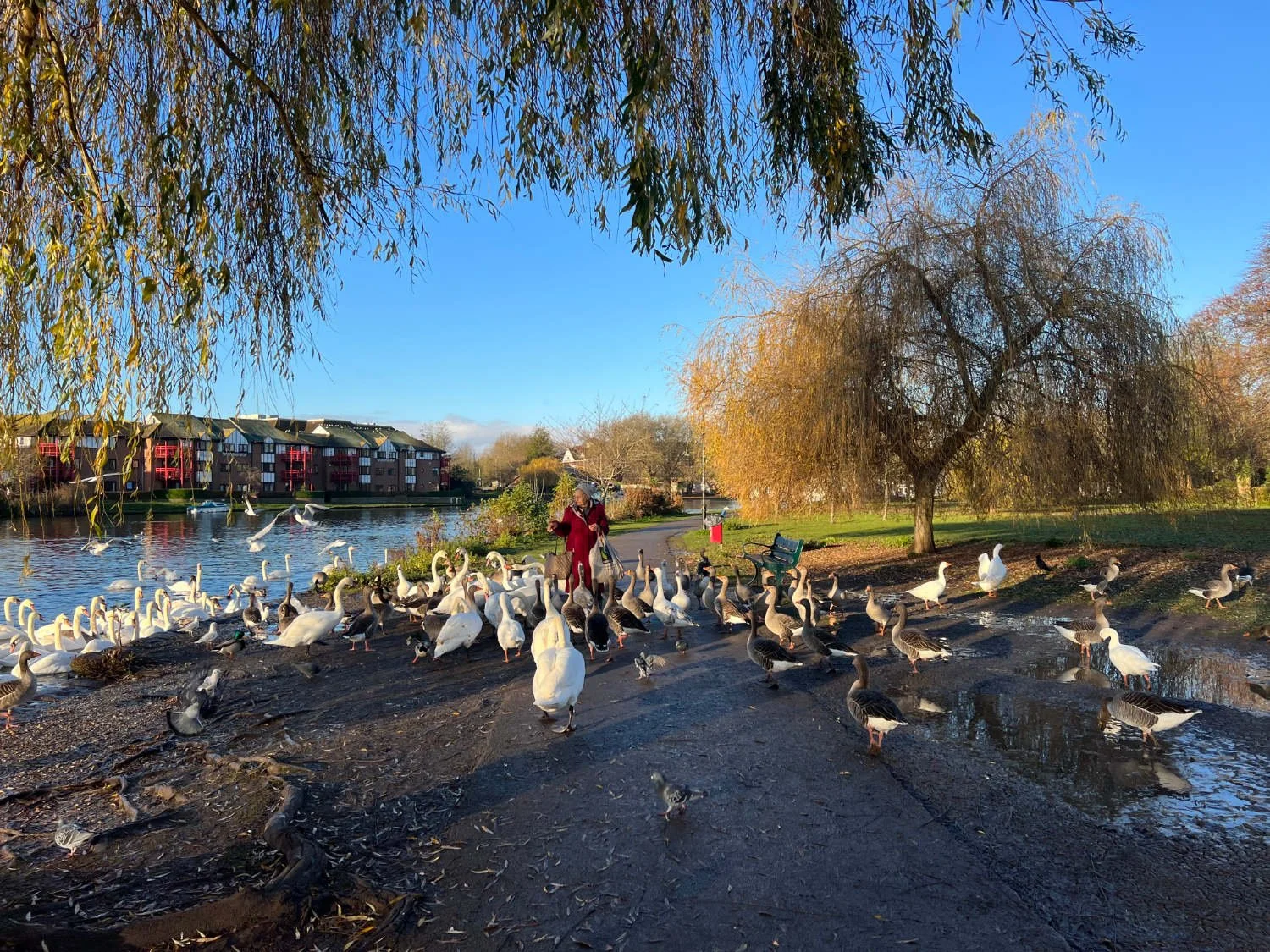
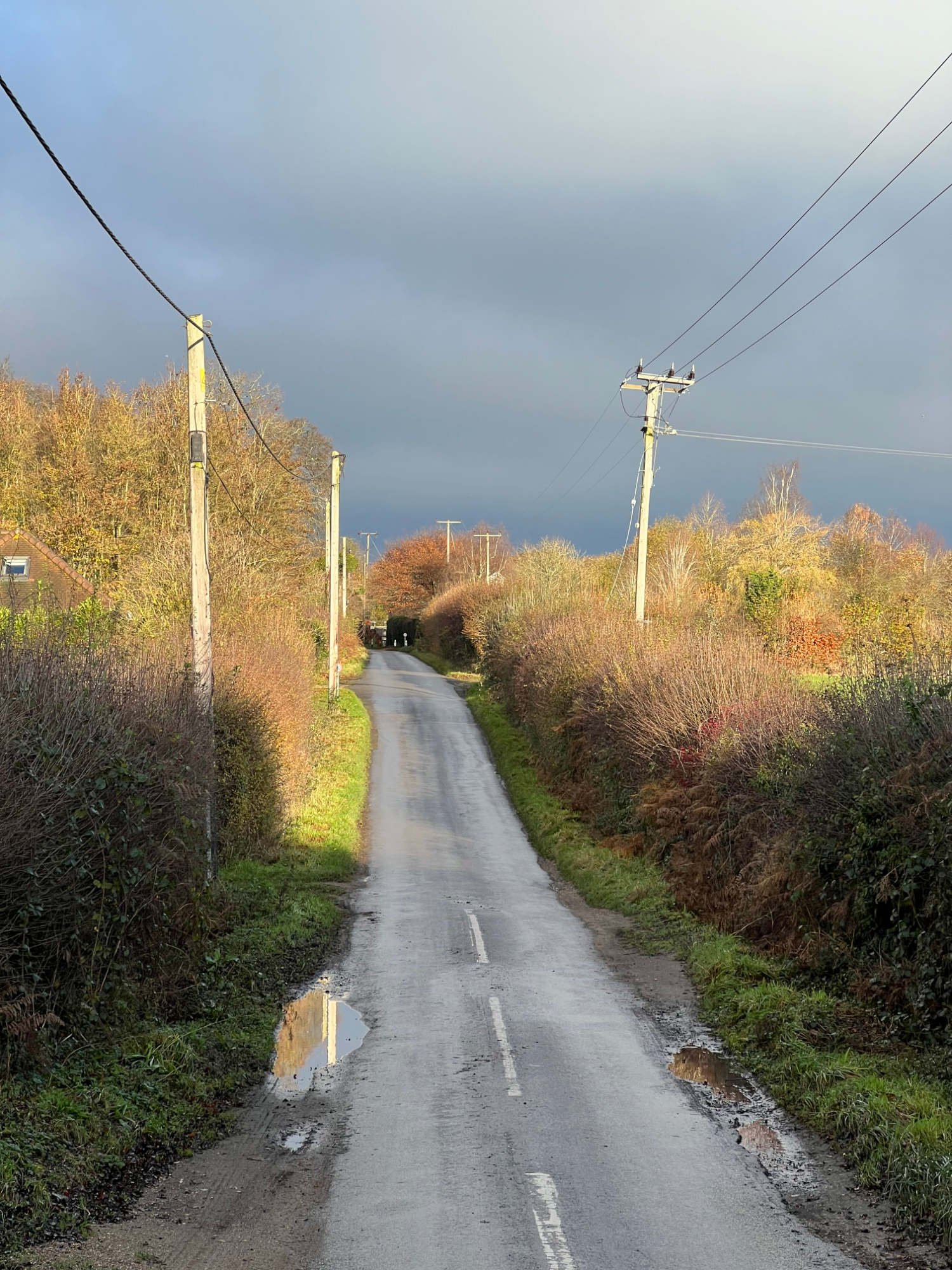
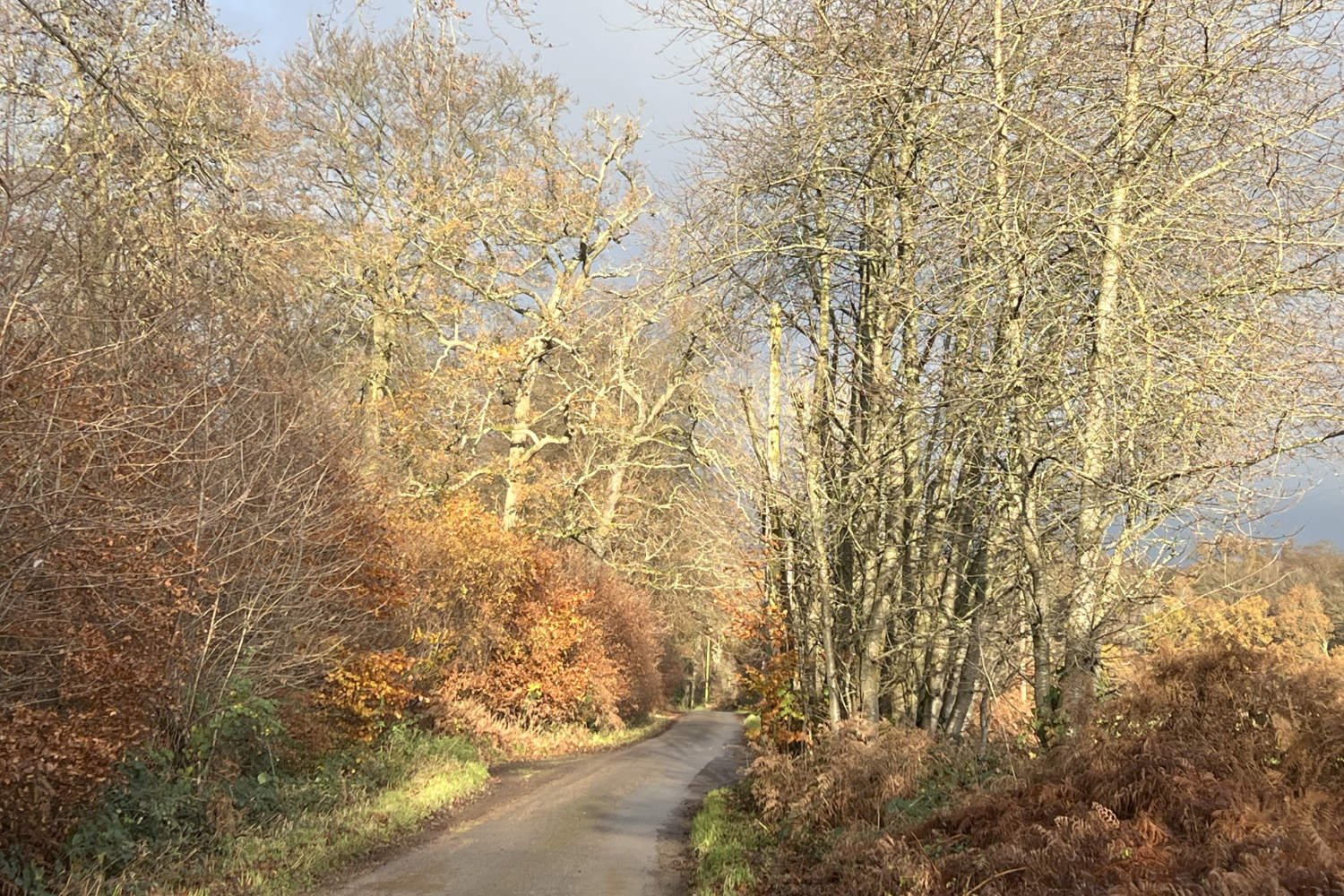


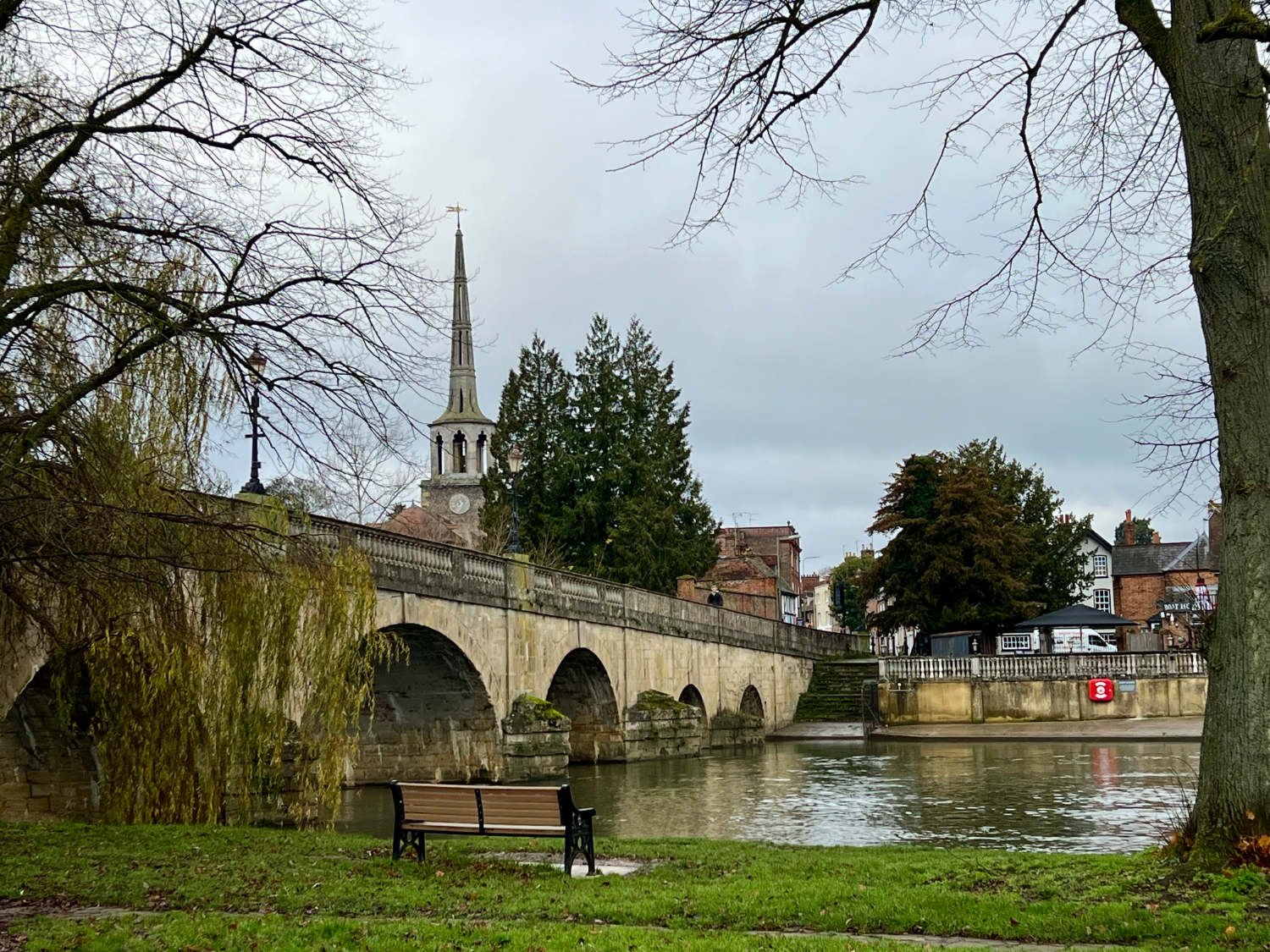
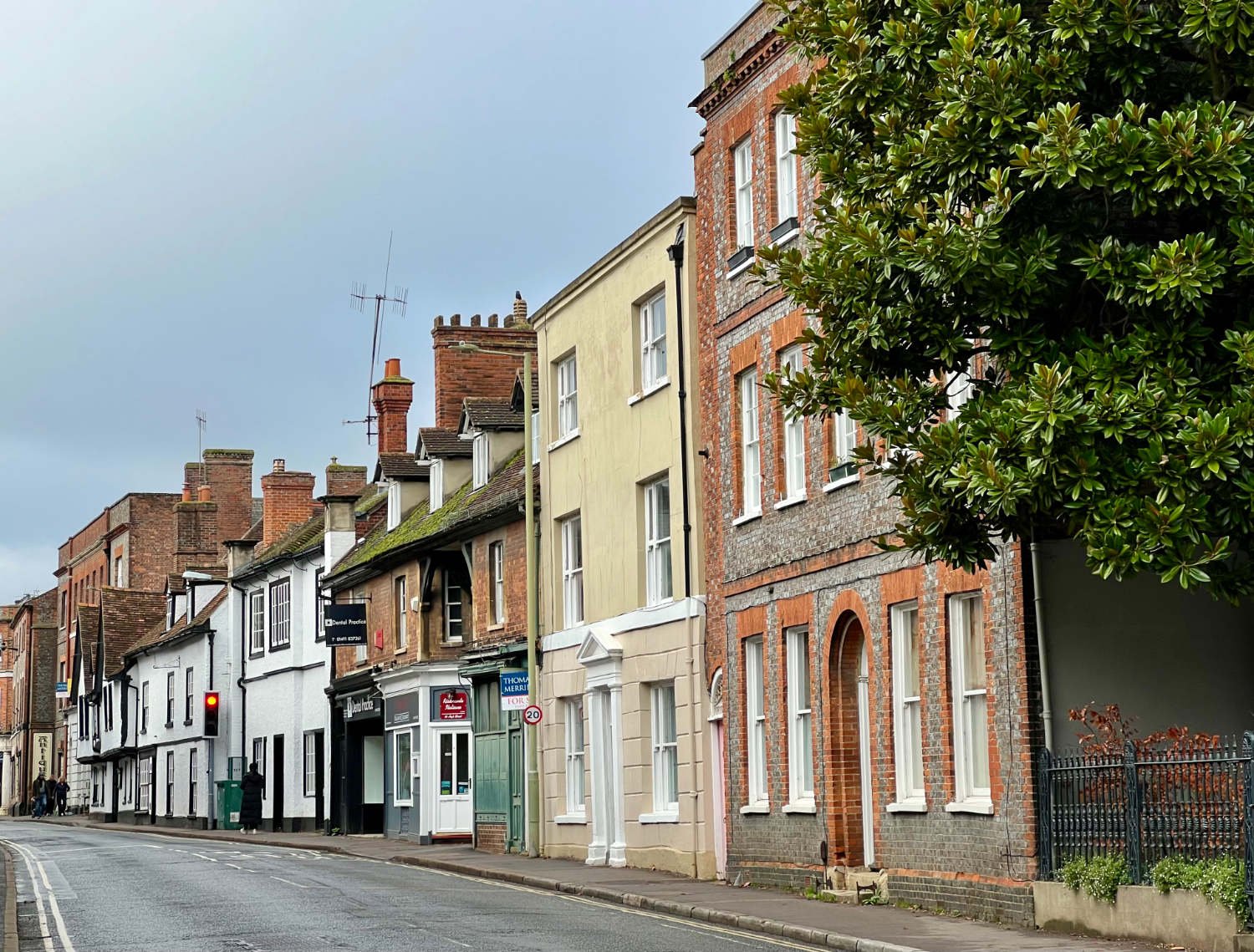

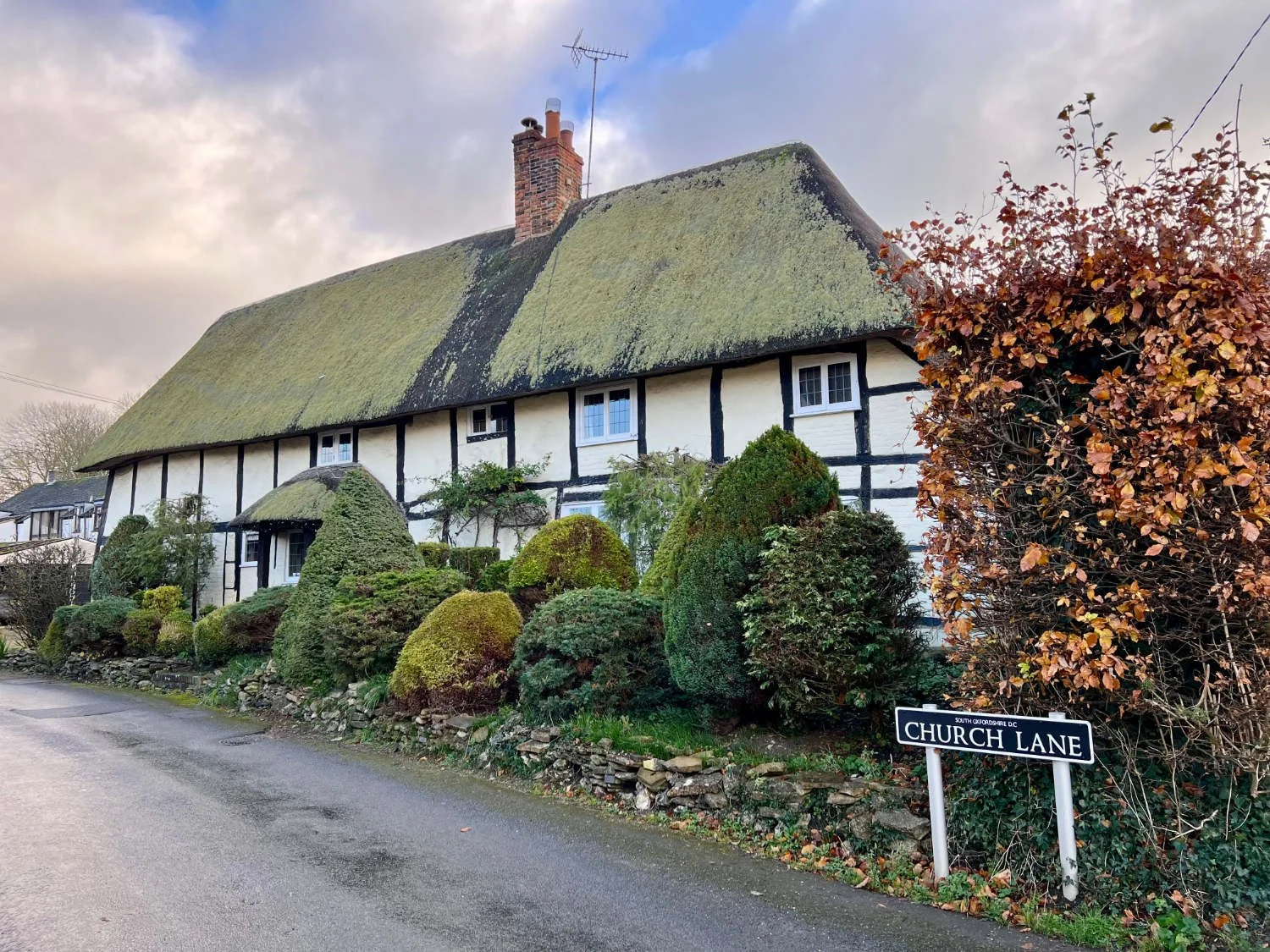
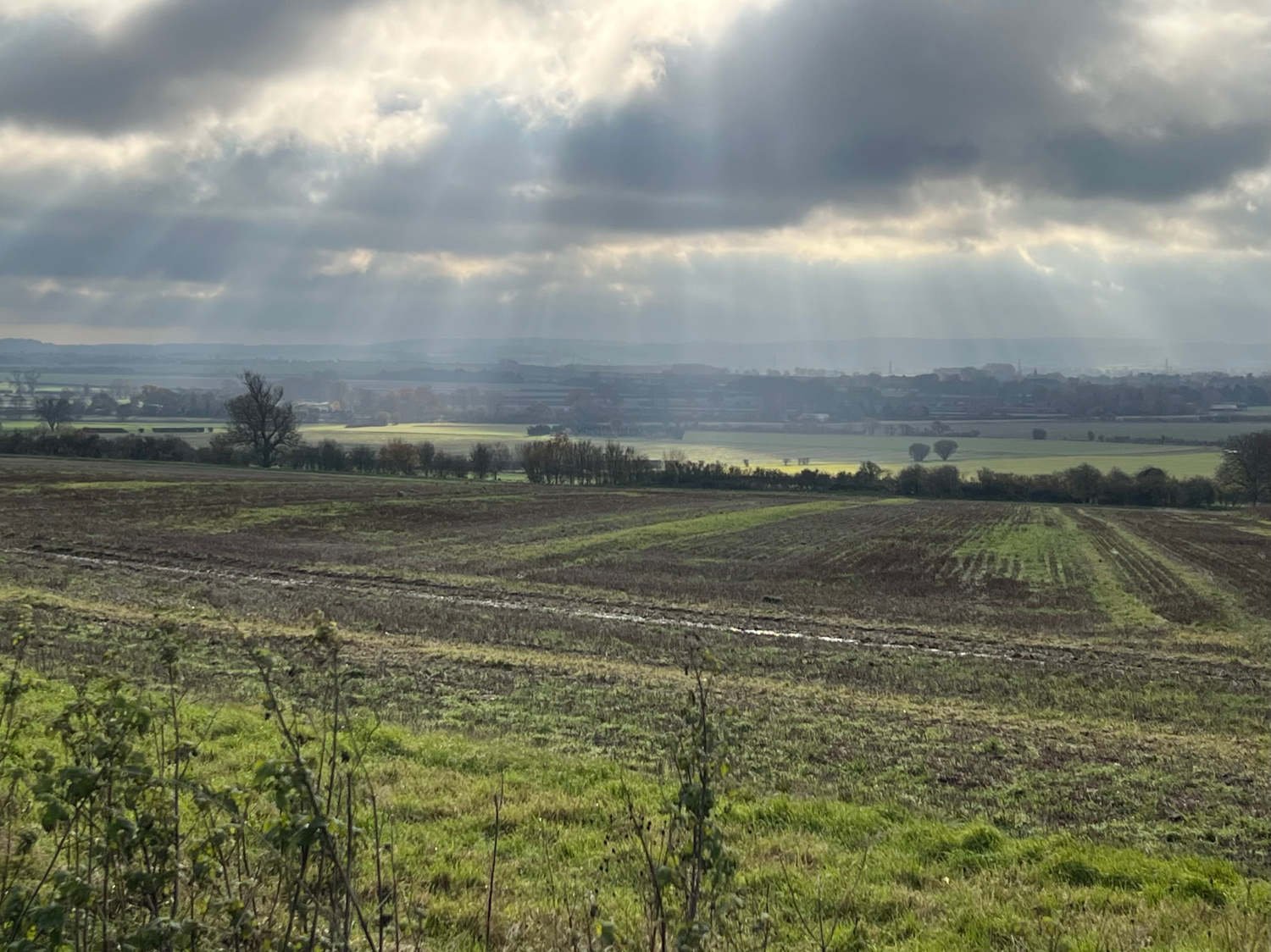

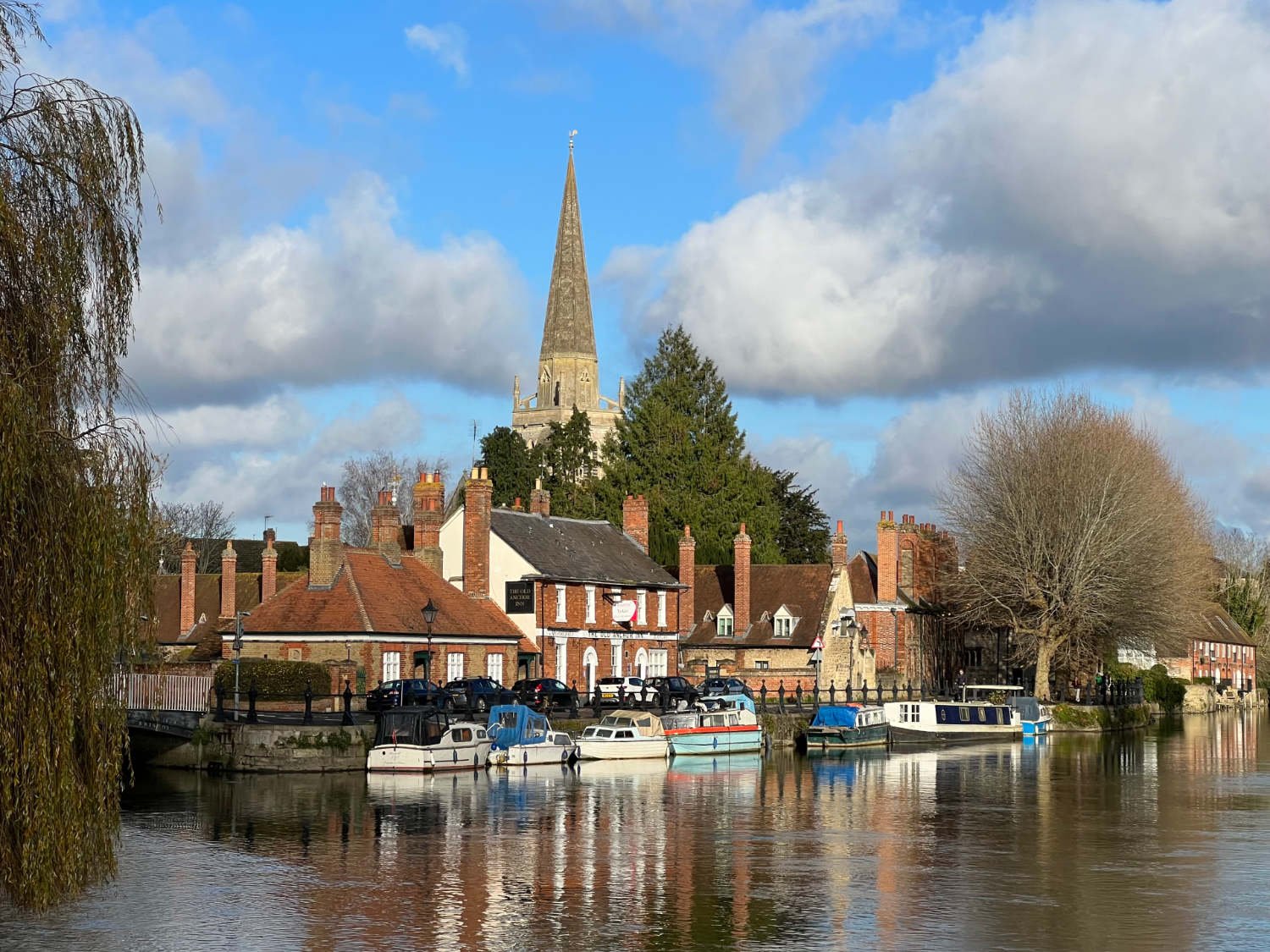


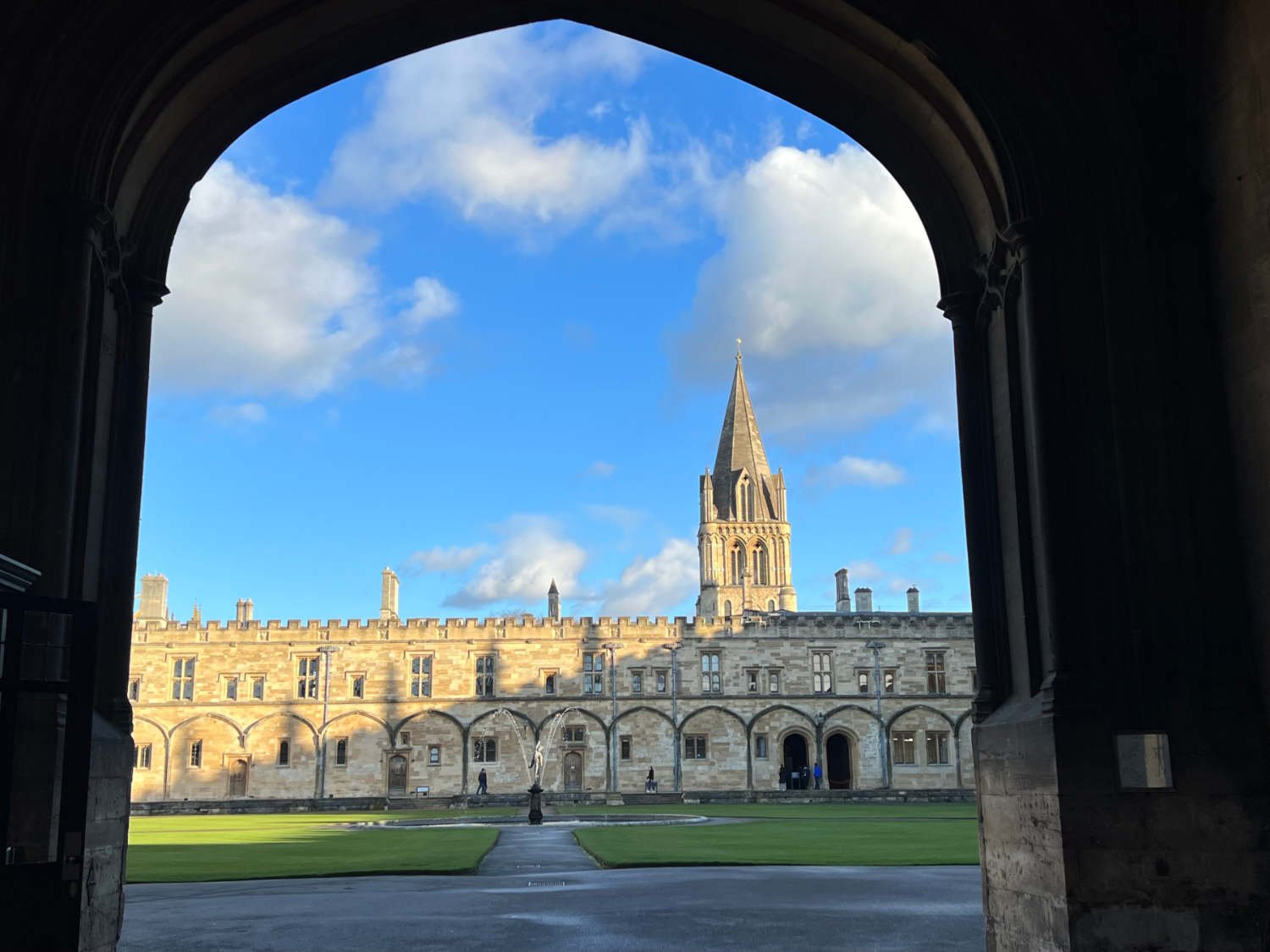
Ride Practicalities
START/FINISH: Reading/Oxford DISTANCE: 39km TOTAL ASCENT: 352m TERRAIN AND SURFACES: Narrow minor roads and cyclepaths. Mostly paved with good surfaces. In winter, the lanes and paths can covered in leaf litter which makes them slippery. Expect them to be muddy after heavy rain. The route is best suited to 28mm tyres RECOMMENDED CAFÈS/PUBS; Benson; No. 25 Café, Abingdon, Missing Bean Café, Oxford; The Bear Inn MAINLINE TRAINS; Reading, Oxford LINKS TO OTHER RIDES: NCN 4, NCN 5
Ride Notes
The stage begins and ends with a ride through meadows; the Christchurch meadows of Reading and Oxford - the former is more municipal than the other, but meadows are meadows and it’s a fine way to begin and end a ride, as is the tow path which at both ends of the day is well surfaced and the riding is very pleasurable. In fact within the first five kilometres the surface tone of the ride is set; a river tow path, a shared path through a park, a public road, a private road (bikes permitted) and an asphalted bridlepath through woods.
The roads and paths steer you from the clay of the valley into the chalk of the Chilterns. In terms of geology and climate, the Chilterns are very similar to that of the Champagne region in France, so it is of little surprise that you pass near to various vineyards along the way, the newest of which is Kidmore who bottled their first harvest in spring 2023.
The woods of the Chilterns roof over you. In spring they are full of birdsong and bluebells, in autumn the beech trees turn into a paint box of colour. When sunbeams catch the leaves, you are left breathless by the forest’s floridity. As you ride on the winding and narrow lanes, their past purposed in names; Chalkhouse, Gallowstree, Horsepond. The road gently swells through the woods. You pass pigs truffling about on the woodland floor and small cottages made of flint and wood and brick.
Taking a sharp right turn (sign posted to Blue Tin Farm Shop) you plunge downhill towards Ipsden. If you arrive at the foot of the hills at a lunch time, the King William IV pub at Ipsden is one of the Chiltern’s great pleasures. You can stop awhile knowing that the hills are behind you.
The small market town of Wallingford has the story of Britain imprinted all over its picturesque walls. Founded by King Alfred as a base to fight the Vikings, it grew to be the same size - and importance - as his Wessex capital in Winchester. A castle was built. In 1066, the town quickly surrendered to the invader William I, and so was granted special privileges, including being permitted an extra hour in the evening before the curfew bell was rung. (The nation’s towns had their bells rung at 8p.m. whereas Wallingfordians were allowed out till 9!) A great Council (a precursor to Parliament) was held here and The Treaty of Wallingford was signed to end the civil war known as the ‘Anarchy’. However, for all its history, a good café is missing. If that is what you need, deviate from the route for 2km (on a cycle path beside the river) to the No. 25 at Benson.
The route now rolls over small hills bordering the Vale of the White Horse, through picturesque villages and farming country. It is quintessential Middle England; cottages are thatched, roses climb walls, pubs welcome travellers.
At Pendon, one of the more curious attractions offers you respite from pedalling, that of an enormous model railway which depicts the Vale of the White Horse as it would have been in the 1930s. It is both historically accurate as well as a labour of love.
Didcot is the archetypal railway junction town. Trains from the north, east, south and west still call in and steam engines from the Golden Era of train travel still puff away in the Didcot Railway Centre. However, for many, it was the cooling towers of Didcot’s power station which demarcated the town away from the mundane. Six huge cooling towers dominated the skyline and great columns of slowly rising steam somehow linked the earth to the sky like some steamy umbilical chord. When notice was given for their destruction in the early 2000s many rose up to defend them, but the might of the power industry appealed with their pockets full of change, to a court and gained permission to blow them up. The horizon is poorer for their demise. The power station continues to be erased behind a fence, and you’ll hear huge articulated trucks bleep away as they carry rubble and polluted earth to far corners. Be that as it may, this short route, with it’s pretty woods and hills ends at Didcot station. A train will take the strain back to Reading.
Every route on this website has been carefully researched as well as ridden. However situations on the ground can change quickly. If you know of changes to this route, or cafes, pubs and the like which you think other cyclists need to know about, feel free to share your thoughts below.
If you enjoyed this guide, why not subscribe to the website so as not to miss other inspirational routes?
wheremywheelsgo.uk is a Feedspot UK Cycling top website

